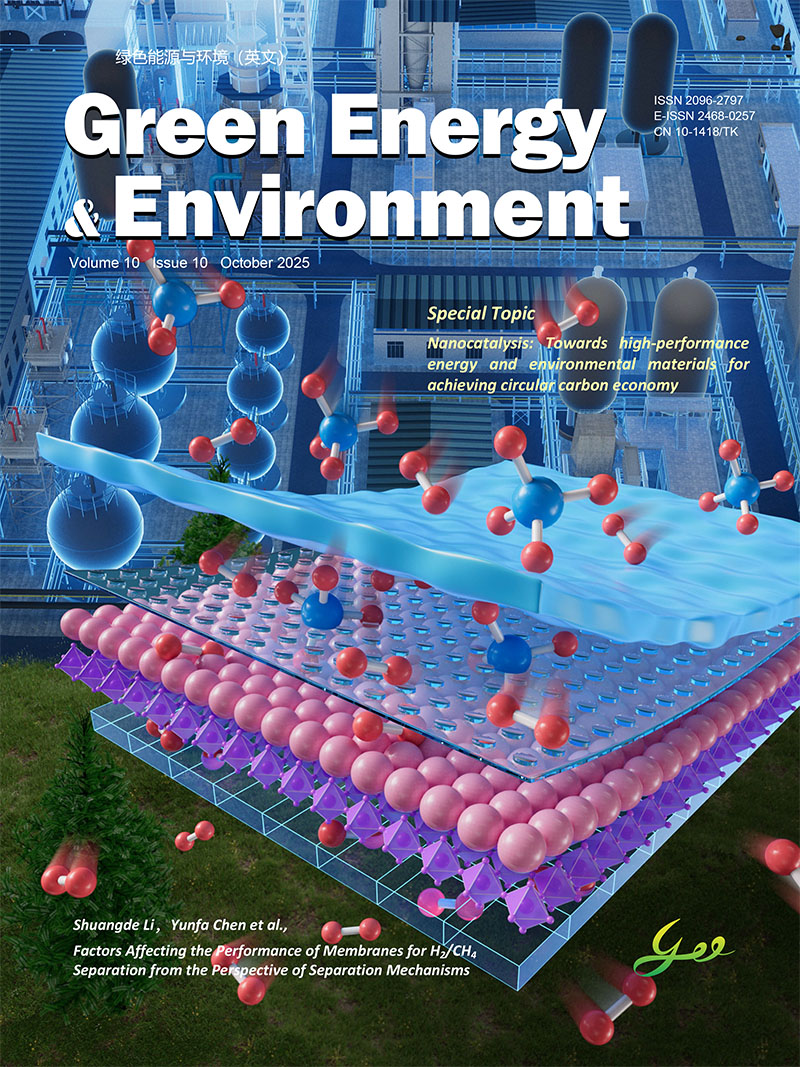2019 Vol. 4, No. 3
Display Method:
2019, 4(3)
doi: 10.1016/j.gee.2019.07.001
Abstract:
2019, 4(3): 210-244.
doi: 10.1016/j.gee.2019.01.003
Abstract:
2019, 4(3): 270-277.
doi: 10.1016/j.gee.2018.11.001
Abstract:
2019, 4(3): 287-292.
doi: 10.1016/j.gee.2018.11.003
Abstract:
2019, 4(3): 293-299.
doi: 10.1016/j.gee.2018.11.004
Abstract:
2019, 4(3): 322-327.
doi: 10.1016/j.gee.2018.09.004
Abstract:








 京公网安备 11010802039050号
京公网安备 11010802039050号